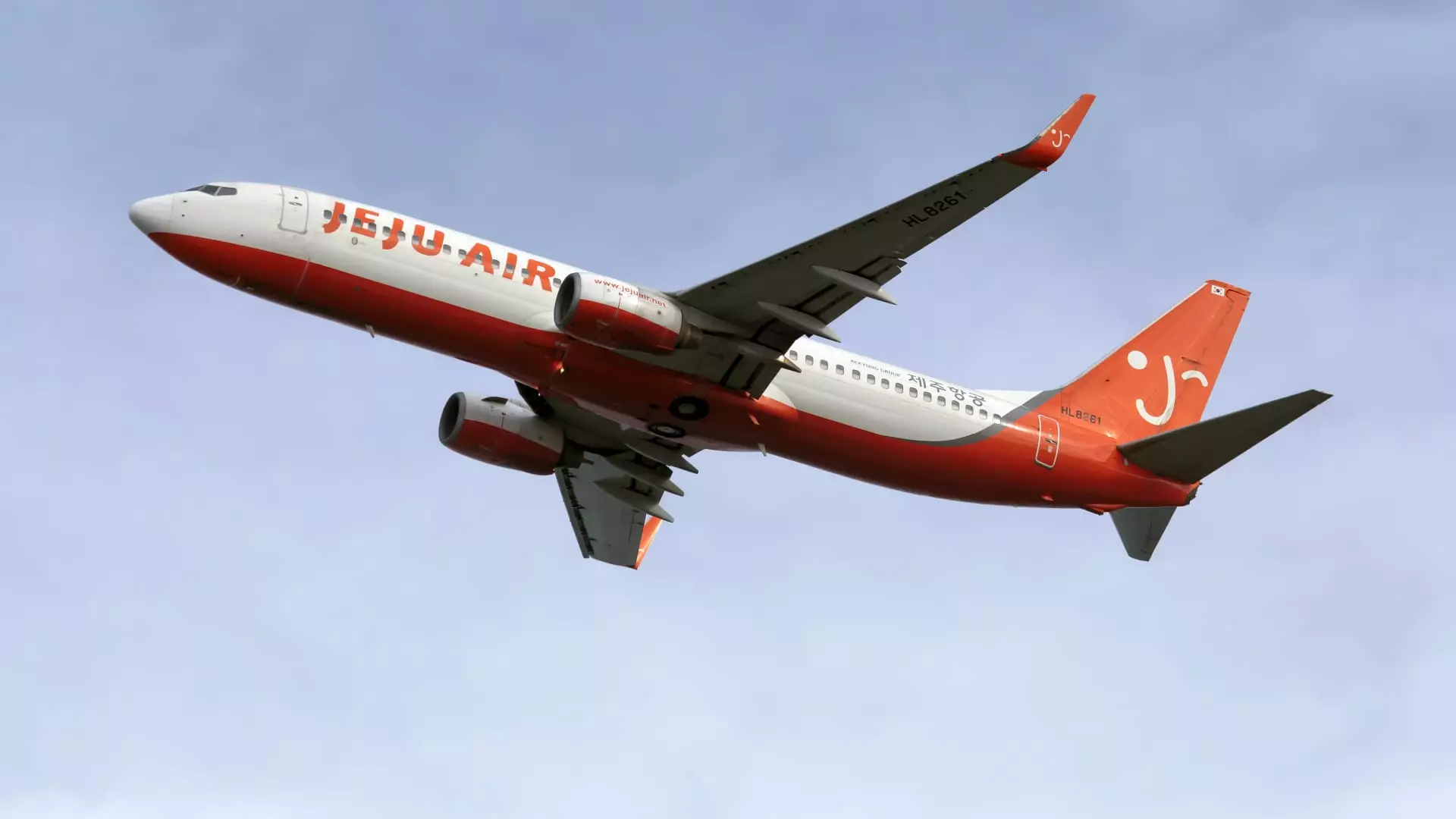In a shocking turn of events, Jeju Air flight 7C2216 met a catastrophic fate when it belly-landed at Muan International Airport, located in the southwestern region of South Korea. In a tragic outcome, the accident resulted in the deaths of 179 of the 181 individuals onboard, marking it as South Korea’s most devastating air disaster in recent decades. Such incidents not only deepens the grief of families affected but also raises serious concerns surrounding aviation safety and regulatory oversight.
In the wake of this disaster, South Korea’s acting president, Choi Sang-mok, took swift measures by calling for an emergency evaluation of the nation’s fleet of Boeing 737-800s. This aircraft model, frequently used by airlines across the globe, has often been lauded for its impressive safety metrics. Despite its solid reputation, this horrific incident places a spotlight on the airline industry’s need for rigorous safety protocols, especially regarding aircraft that have been operational for many years. With the Boeing 737-800 accounting for approximately 17% of the global commercial passenger jet fleet, the implications of this tragedy transcend regional boundaries.
The Boeing 737-800 is a veteran in the aviation community, with nearly 4,400 units operating worldwide. Its introduction dates back to the late 1990s, and, as per aviation-data firms, the average age of the existing fleet hovers around 13 years, exemplifying the longevity of this model. The aircraft involved in the disaster had a prior history, being utilized by the European low-cost carrier Ryanair before being acquired by Jeju Air in 2017. While experts express skepticism regarding the possibility of discovering a design flaw responsible for this incident, the need for evaluations of safety and maintenance practices for aging aircraft remains crucial.
The investigation into the causes of the belly landing will be a meticulous process, with initial reports suggesting that mechanical failure could potentially be at play. Investigators are puzzled over the fact that the landing gear was not deployed. In the scenario of a hydraulic malfunction, Boeing 737-800 pilots are trained to deploy the landing gear manually, which raises further questions. Experts speculate various hypotheses, including a potential bird strike that could disable engines and leave pilots unable to conduct essential emergency protocols. Questions surrounding pilot decision-making complexities and mechanical anomalies must be explored thoroughly as the investigation unfolds.
International Oversight and Future Implications
In adherence to global aviation protocols, the National Transportation Safety Board (NTSB), along with a team of U.S. investigators—including experts from Boeing and the Federal Aviation Administration (FAA)—will be involved in unraveling this incident. Given the aircraft’s manufacturing roots in the United States, operational procedures must undergo a rigorous examination to identify weaknesses not considered previously. As the investigatory process can extend beyond a year, individuals in the aviation sector and the general public will undoubtably be keeping a keen eye on the findings, which may bring about significant changes in safety regulations and standards.
The tragic events at Muan International Airport serve as a poignant reminder of the vulnerabilities present in air travel. While it is essential to await the completion of thorough investigations, the aviation industry must utilize this opportunity to re-evaluate safety standards, maintenance practices, and training programs for pilots. Increasing scrutiny on aging aircraft, combined with advances in technology and procedure, is vital to prevent similar tragedies in the future. As the investigation unfolds, the hope remains that this disaster will lead to crucial changes that ensure safer skies for all travelers.


Leave a Reply